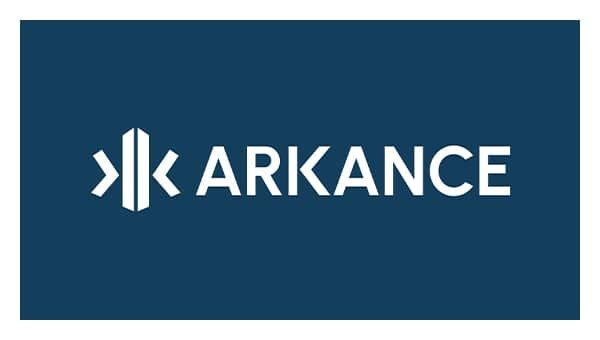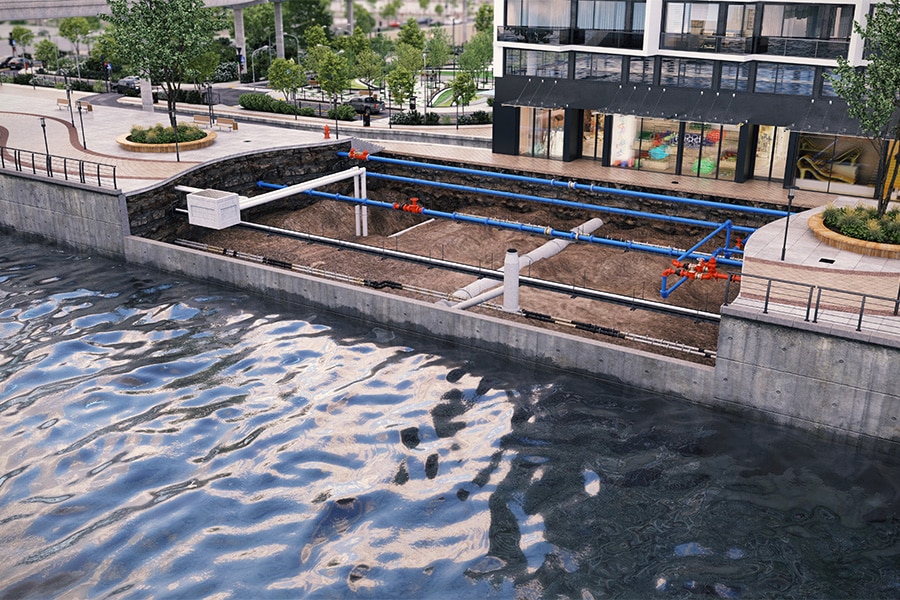
Grid operators and NLCS important in energy transition
With the Dutch energy transition, one thing is certain: the government, grid operators and companies must work together to manage this important transition. Annelies Hartman of Arkance, a company that specializes in digital transformations, explains why grid managers and the Dutch CAD Standard (NLCS) have an important role to play.
Key role
"The NLCS has developed a strong position within infrastructure. So strong in fact that governments, network operators and companies are working together to make the uniform drawing standard central to their organizations and processes," says Annelies Hartman, who has been working as Product Manager at Arkance for several years and recently became the point of contact around the NLCS and InfraCAD. "The stakes are high. Global climate change is an undeniable reality. The Netherlands, too, has ambitious goals for achieving the Paris click-click agreement. And at the heart of the Dutch energy transition, grid operators and the NLCS are very important."
The energy transition is indeed a crucial issue for grid operators, with a focus on expanding "The Grid. The (draft) Climate Agreement outlines a clear route for the Netherlands: a transition from fossil fuels to renewable energy sources such as solar and wind, with the goal of reducing greenhouse gases by 49% by 2030 and by 95% by 2050. This transition requires not only a mental change, but also a physical one: the expansion and adaptation of our current energy infrastructure is essential. This includes the implementation of new cables, pipelines, pipes and facilities for transmission and storage, essential to accommodate the increase in renewable energy sources. For transportation of electricity, water and data, grid operators play a key role. They are on the front lines of this change, charged with the task of making infrastructure ready for the future.

Tick Stand
Dutch network operators usually originate from an amalgamation of several smaller operators, each with their own sign standard. For them to cooperate better internally, but also with other parties, a uniform drawing standard is an appropriate solution. "And that's where the NLCS can make an important contribution," says Annelies. "With an umbrella standard such as the NLCS, it becomes easier for all parties, internally and externally, to exchange project information." According to Annelies, working with the NLCS is much more efficient: "drawings no longer have to be converted from one standard to another, because everyone uses the same symbols, styles and names. As a result, drawings immediately become more readable and understandable: with the NLCS, we are all going to speak the same language."
It becomes clear why Arkance, and much of the infrastructure sector, sees the NLCS as the drawing standard for the Dutch infrastructure. The uniformity and interchangeability of the NLCS has many advantages. Better cooperation reduces errors and costs, but also shortens the delivery time of networks, for example. "And that makes it interesting for network operators. They are in charge of expanding and adapting the existing energy infrastructure. A shorter delivery time of 'The Grid' is a positive contribution to the success of the energy transition. And so the circle is round again," summarizes Annelies.
InfraCAD
Since 2018, the NLCS has been prescribed as an "open standard" for (semi)governments for new projects. Meanwhile, several grid operators have also joined forces to adopt a standard and are now working on a joint information model, using the NLCS as a basis. In fact, some grid managers have already switched completely to the NLCS, while others are in the process of taking this step. "Brabant Water is a great example," Annelies points out. "ARKANCE was already involved in the NLCS implementation at an early stage. And that's always nice, because then we can inform the organization in advance about the right approach and potential pitfalls. We provided broad support during the implementation: strategy, consultancy, software and knowledge. By now they have been working with the NLCS, and InfraCAD, for some time. And to their complete satisfaction."
InfraCAD. It came up earlier in the conversation and seems to be a familiar name in the "NLCS world. "That's right," Annelies points out. "We saw the potential of the NLCS early on and are doing everything we can to make it commonplace in the industry. And for that reason, we also developed InfraCAD, a CAD application to work efficiently with the NLCS. This application is fully integrated into AutoCAD, Civil 3D and AutoCAD Map 3D and offers a lot of NLCS functionality for designers and draftsmen: symbol libraries, automatic cross-sections, legends and probes, and also photo inventories are possible."
For grid managers, Arkance has taken a big step with InfraCAD 8 to provide even more NLCS functionality. Hartman cites the NLCS Library 5.0, NLCS Object Data and Entity Data Viewer as examples with which grid management is applicable. "You notice: with InfraCAD we are always focusing on the future. Even now we are working on new developments," Annelies proudly admits. "And the market is happy with it because by now InfraCAD is the most widely used software for producing NLCS drawings." In any case, it is clear that the energy transition will benefit from the NLCS, along with the grid operators as driving forces.

About Arkance
Arkance helps organizations in their digital transition by improving processes, optimizing (chain) collaborations and stimulating data-driven processes. It does so in the construction, infrastructure and manufacturing industries. To this end, Arkance develops its own IP and offers software, services and training. Arkance strives for strategic partnerships and deploys its international expertise for local solutions.
Heeft u vragen over dit artikel, project of product?
Neem dan rechtstreeks contact op met Arkance Systems Netherlands.
 Contact opnemen
Contact opnemen




